4-Phenyltoluene
Synonym(s):4-Methylbiphenyl
- CAS NO.:644-08-6
- Empirical Formula: C13H12
- Molecular Weight: 168.23
- MDL number: MFCD00008544
- EINECS: 211-409-0
- SAFETY DATA SHEET (SDS)
- Update Date: 2025-12-22 14:18:24
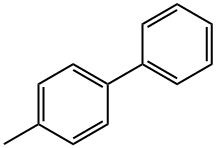
What is 4-Phenyltoluene?
Description
Prepared by catalytic reduction of p-phenyl benzyl alcohol obtained from p-phenyl benzoic acid.
Chemical properties
White crystalline powder
Chemical properties
p-Methyl diphenyl has a floral, spicy, wintergreen, anise, waxy, mint odor.
The Uses of 4-Phenyltoluene
4-Phenyltoluene is used as a flavoring ingredient in the food industry. It also functions as a reagent used in organic and pharmaceutical synthesis.
Preparation
By catalytic reduction of p-phenyl benzyl alcohol obtained from p-phenyl benzoic acid.
Definition
ChEBI: 4-Methylbiphenyl is a member of biphenyls.
Taste threshold values
Taste characteristics at 12 ppm: spicy, estragole, fennel, floral and wintergreen
Synthesis Reference(s)
Journal of the American Chemical Society, 92, p. 6088, 1970 DOI: 10.1021/ja00723a061
Tetrahedron Letters, 37, p. 3857, 1996 DOI: 10.1016/0040-4039(96)00699-5
The Journal of Organic Chemistry, 50, p. 3104, 1985 DOI: 10.1021/jo00217a018
Biochem/physiol Actions
Taste at 12 ppm
Properties of 4-Phenyltoluene
| Melting point: | 44-47 °C (lit.) |
| Boiling point: | 267-268 °C (lit.) |
| Density | 1,015 g/cm3 |
| refractive index | 1.5761 (estimate) |
| FEMA | 3186 | 4-METHYLBIPHENYL |
| Flash point: | >230 °F |
| storage temp. | Sealed in dry,Room Temperature |
| solubility | Soluble in DMSO |
| form | powder to crystal |
| color | White to Orange to Green |
| Odor | at 1.00 % in dipropylene glycol. floral spicy wintergreen anise waxy mint |
| Water Solubility | Insoluble in water. Soluble in alcohol and ether, very soluble in organic solvents. |
| JECFA Number | 1334 |
| BRN | 1904468 |
| CAS DataBase Reference | 644-08-6(CAS DataBase Reference) |
| NIST Chemistry Reference | 1,1'-Biphenyl, 4-methyl-(644-08-6) |
| EPA Substance Registry System | 1,1'-Biphenyl, 4-methyl- (644-08-6) |
Safety information for 4-Phenyltoluene
| Signal word | Warning |
| Pictogram(s) |
 Exclamation Mark Irritant GHS07 |
| GHS Hazard Statements |
H302:Acute toxicity,oral |
| Precautionary Statement Codes |
P280:Wear protective gloves/protective clothing/eye protection/face protection. P305+P351+P338:IF IN EYES: Rinse cautiously with water for several minutes. Remove contact lenses, if present and easy to do. Continuerinsing. |
Computed Descriptors for 4-Phenyltoluene
New Products
Indole Methyl Resin tert-butyl 9-methoxy-3-azaspiro[5.5]undecane-3-carboxylate Boc-His(Boc)-OH 2-CTC Resin 4-Chloro-7-tosy1-7Hpyrrolo[2,3-d]pyrimidine 5,7-Dibromo-1H-indole 2,5-dichloro-N-hydroxy-4,6-dimethylpyridine-3-carboximidamide 2,2-Dimethoxy-7-azaspiro[3.5]nonane hydrochloride 4-chloromethyl-5-methyl-1,3-dioxol-2-one (DMDO-Cl) R-2-BENZYLOXY PROPIONIC ACID 1,1’-CARBONYLDIIMIDAZOLE 1,1’-CARBONYLDI (1,2-4 TRIAZOLE) N-METHYL INDAZOLE-3-CARBOXYLIC ACID 4-((2-hydroxyethyl)thio)benzoic acid 1-(TERT-BUTOXYCARBONYL)-2-PYRROLIDINONE Methyl 6-methylnicotinate 3-Pyridineacrylic acid tert-Butyl carbazate TETRAHYDRO-2H-PYRAN-3-OL 2-((4-morpholinophenylamino) (methylthio) methylene) malononitrile 3-(4-morpholinophenylamino)-5-amino-1H-pyrazole-4-carbonitrile 2,4-dihydroxybenzaldehyde 1,3-Diethyl-1,3-Diphenylurea Methyl 2-methylquinoline-6-carboxylateRelated products of tetrahydrofuran
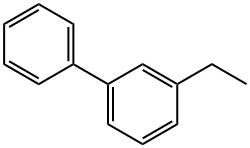
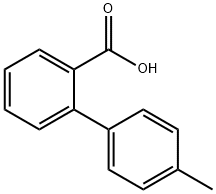
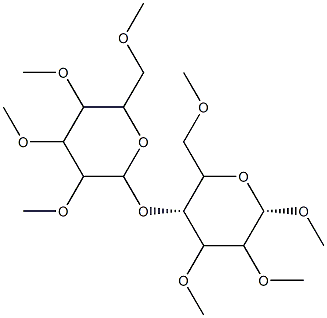
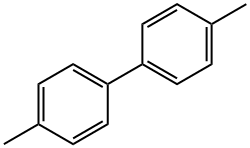
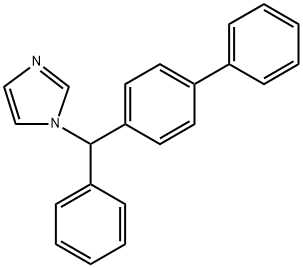
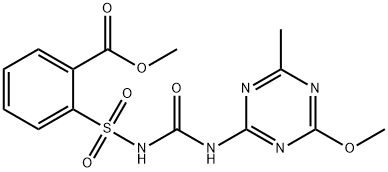

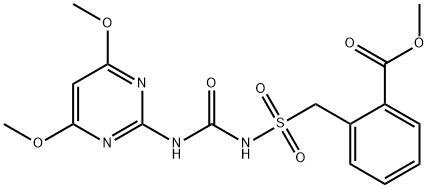
You may like
-
 4-Methylbiphenyl CAS 644-08-6View Details
4-Methylbiphenyl CAS 644-08-6View Details
644-08-6 -
 4-Phenyltoluene CAS 644-08-6View Details
4-Phenyltoluene CAS 644-08-6View Details
644-08-6 -
 Pyridine 99.5% HPLC /UV SpectroscopyView Details
Pyridine 99.5% HPLC /UV SpectroscopyView Details
110-86-1 -
 Piperazine Spot supply, best priceView Details
Piperazine Spot supply, best priceView Details
110-85-0 -
 Dibutyl PhthalateView Details
Dibutyl PhthalateView Details
84-74-2 -
 Imidazole Spot supply, competitive priceView Details
Imidazole Spot supply, competitive priceView Details
288-32-4 -
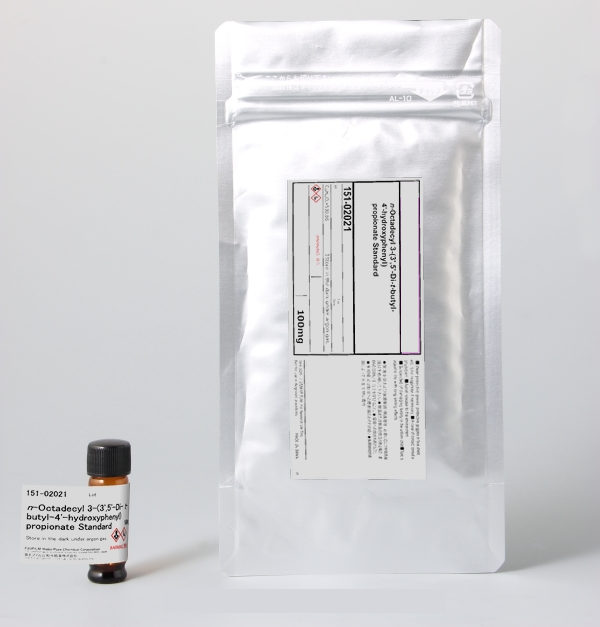 Octadecyl 3-(3,5-di-tert-butyl-4-hydroxyphenyl)propionate 98% (GC)View Details
Octadecyl 3-(3,5-di-tert-butyl-4-hydroxyphenyl)propionate 98% (GC)View Details
2082-79-3 -
 Thiourea 99% ARView Details
Thiourea 99% ARView Details
62-56-6
